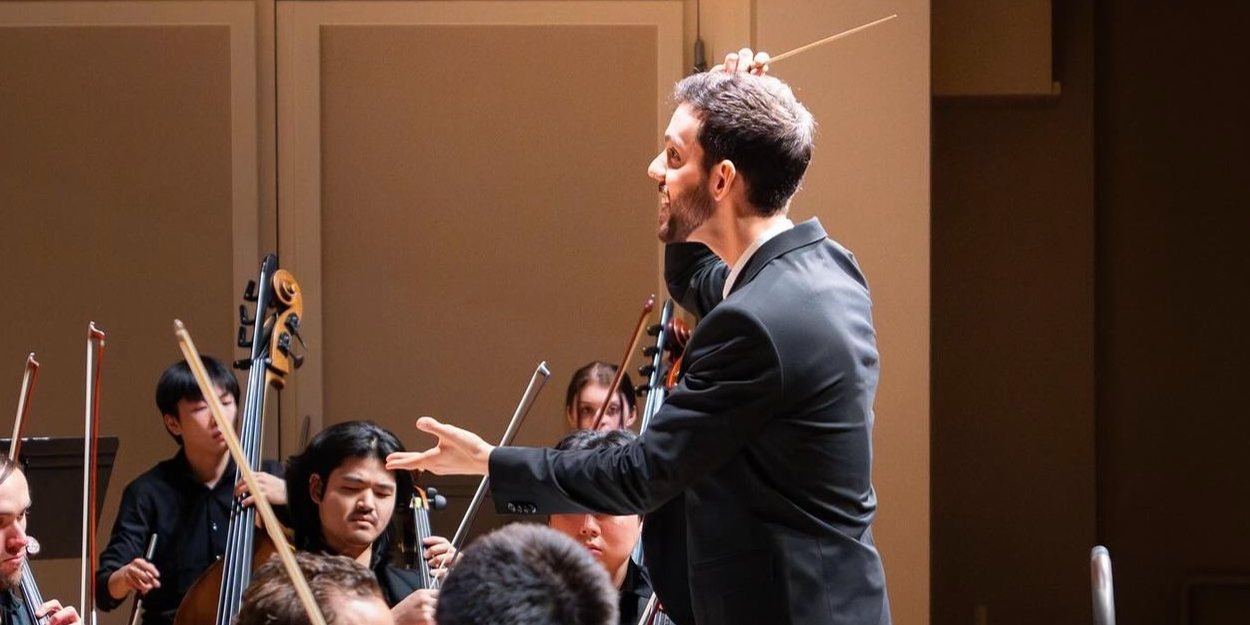In the realm of classical choral music, transition and modernity are often in opposition. With the ever evolving cultural landscape, keeping up with the times is something that traditionally hasn’t been done in the Choral world. This is where individuals like Caio Guimaraes come in, pioneering a harmonious blend between tradition and the modern world. A devoted student of the history of music and an ardent believer in the enduring power of choral singer, Guimaraes is at the forefront of the modern age of Choral Music
Choral music, with its rich tapestry woven from myriad voices coming together in perfect harmony, has long been celebrated for its ability to convey profound emotions and stories. The pieces sung by choirs may use old language and recount ancient tales, yet their themes remain relevant, echoing lessons about humanity and society that resonate just as strongly today. “There is only “old music” in the sense of when it was written, music itself and the messages it conveys are timeless, which can be seen in the contemporary stories in most choral pieces that hold true today.” It is this timeless quality that captivates Caio Guimaraes; he sees choral music not as a relic of the past but as a living art form that continues to enlighten and inspire.
However, Guimaraes is also acutely aware of the limitations imposed by traditional choral practices, namely, the necessity for all participants to be physically present in one room for rehearsals. This requirement can often be restrictive, limiting opportunities for collaboration and exposure. This is something the choral world has battled with, something that has kept the work localized. With an eye towards further collaboration and expansion there needed to be modernization in the Choral world.
In a bold move to address this challenge, Guimaraes recently orchestrated an innovative solution during preparations for a performance of Verdi’s Requiem with the Columbus Indiana Philharmonic. For the first time, rehearsals were live-streamed to allow an ensemble based in Kentucky to participate remotely. This unprecedented approach enabled the ensemble director to take notes and interact with the choir in real-time, a feat unimaginable within classical music’s conventional confines.
“Being able to get real time feedback from the director of the ensemble was invaluable,” says Guimaraes. Reflecting on the experience. “Instant feedback on what we were doing well, what needed to be changed, and how to best perform together, is ultimately what made the performance of Verdi Requiem possible.’
This initiative reflects Guimaraes’ broader vision for integrating modern technology into classical music culture without compromising its essence. The emergence of high-quality livestreams has revolutionized access to choral performances, allowing local concerts to gain international audiences virtually overnight. Advancements in camera and microphone technology have significantly enhanced production values, ensuring that online viewers receive an immersive auditory experience comparable to attending in person. In Caio’s words “The care given in selecting the right equipment has led to a better quality product that can be shown to the world. You no longer have to be in the room to experience the beauty of the performance, but hopefully you are then drawn to watch a live performance,”
The shift towards digital platforms has also democratized participation in professional ensembles and philharmonics. Talented singers who previously might have been overlooked due to geographical constraints now have opportunities to showcase their abilities on global stages, all from their own homes or local studios. “While I don’t see Choral singing as ever becoming an at home job, the ability to be heard from all over the world is invaluable, it allows for a better fusion of talent and ideas, and better music.”
Despite these technological advances, Guimaraes maintains that certain aspects of choral singing are irreplaceable, the physical presence of singers sharing space and breath remains fundamental to the art form’s magic. “To truly appreciate a voice, one must hear it in person, there is something to the purity of voice and the importance that it plays in Choral music that just can’t be understated.” Thus, while embracing digital tools can enhance accessibility and visibility, it cannot supplant the visceral experience of live performance, along with the communal aspect of musical appreciation amongst your peers.
According to Guimaraes, “Coming from the choral world, I believe that many people enjoy choral music not only because of the music itself but also because of the social aspects of it. Sharing the room with their friends and colleagues because of a mutual passion is priceless.” This statement underscores his belief in choral singing as an inherently communal activity, one that thrives on personal interaction yet can still benefit from digital augmentation.
With an eye towards both performance and education in the future Caio is always looking for different avenues to help teach and collaborate. With more access to students virtually, and collaborations through livestream Guimaraes is hopeful that he can help share his love with a wider audience than ever before. Working with ensembles in different locations while at the same time being able to be present for his students is invaluable for Caio moving forward.
As Caio Guimarães continues his journey through both historical studies and practical innovations within choral music culture visit caiomusic.com or follow him on Instagram @caioverde), his work illuminates a path for how traditional arts can flourish through adaptation rather than resistance. By skillfully merging time-honored practices with cutting-edge technologies he demonstrates that even in our rapidly changing world there remains a place for age-old beauty, so long as we’re willing to view it through new lenses.



































